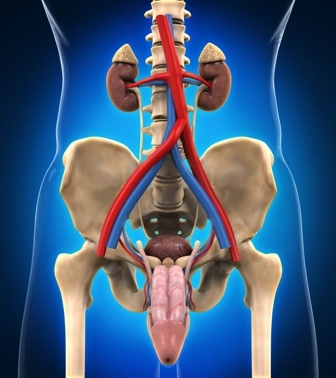Urology Coding Alert
ICD-10:
You'll Be Implementing These Code Updates for Prostate Conditions in October
Published on Thu Aug 11, 2016

You’ve reached your limit of free articles. Already a subscriber? Log in.
Not a subscriber? Subscribe today to continue reading this article. Plus, you’ll get:
- Simple explanations of current healthcare regulations and payer programs
- Real-world reporting scenarios solved by our expert coders
- Industry news, such as MAC and RAC activities, the OIG Work Plan, and CERT reports
- Instant access to every article ever published in Revenue Cycle Insider
- 6 annual AAPC-approved CEUs
- The latest updates for CPT®, ICD-10-CM, HCPCS Level II, NCCI edits, modifiers, compliance, technology, practice management, and more
Related Articles
Other Articles in this issue of
Urology Coding Alert
- ICD-10:
You'll Be Implementing These Code Updates for Prostate Conditions in October
Plus: Infection and inflammatory reaction choices have numerous changes. With the first official round of [...] - News You Can Use:
Have You Checked the New Direction for Laparoscopic Cystectomy Coding?
Here’s the latest on how to potentially handle those claims. The American Urological Association (AUA) [...] - Billing Q&A:
Remember These Points About Licensed Surgical Assistants
Steer clear of reporting E/M services under their names. One of our Codify members recently [...] - You Be the Coder:
Know How Often to File 52601
Question: One of my doctors completed a TURP for a patient with metastatic cancer who’d had [...] - Reader Question:
Mesh Removal Code Depends on Reason for Condition
Question: The surgeon used an open technique to remove a large amount of mesh material that [...] - Reader Question:
Yes, You Can Submit 52351 With Other Procedures
Question: I need help with the proper billing for cystoscopy/ureteroscopy. For example, a patient undergoes a [...] - Reader Question:
Know Your Code Choices for TURP and TUV
Question: Are there different procedure codes for TURP and TUV (transurethral vaporization)? If so, what is [...] - Reader Question:
Check Postoperative Days Status Before Filing a New Claim
Question: A patient is in the postoperative period following a simple prostatectomy. He returns to our [...] - Reader Question:
Double Check CCI Edits for Services Included in 50947
Question: The urologist completed several procedures during the same operative session: Cystoscope Right lower pole ureteral [...] - Reader Question:
Only Submit 54115 for Deep Foreign Body Removal
Question: A patient with dementia placed numerous key rings around his penis. They did not penetrate [...] - Reader Question:
Code 55821 Can Represent Robotic Assisted Simple Prostatectomy
Question: The urologist performed a DaVinci robotic-assisted simple suprapubic prostatectomy. Would this still qualify for 55866 [...]
View All




